The UN Global Goals and Forced Displacement
UNHCR’s work on the Sustainable Development Goals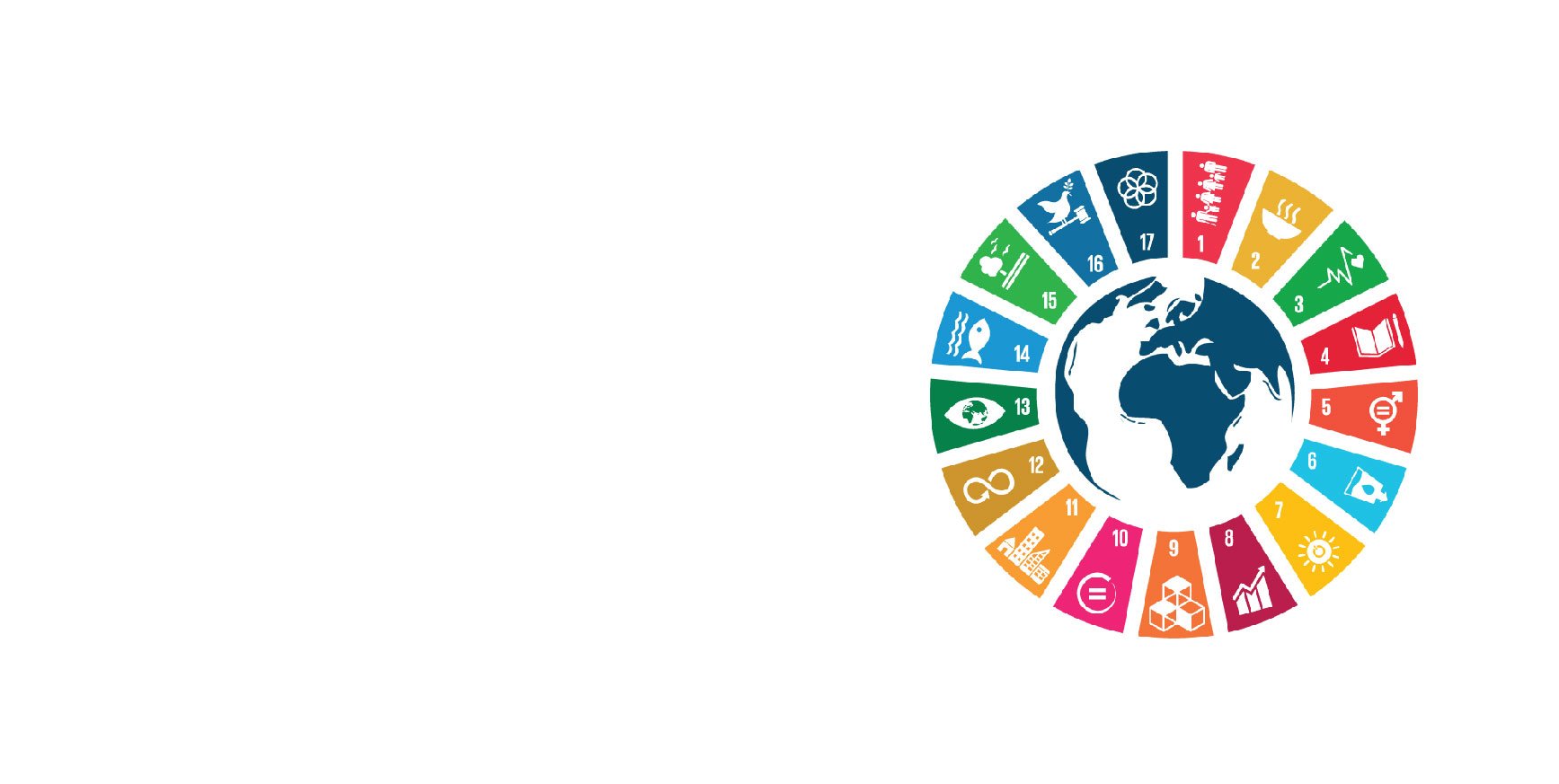
The UN Global Goals and Forced Displacement
UNHCR’s work on the Sustainable Development GoalsConflict and persecution have forced more than 100 million people around the world to flee their homes.
In a world increasingly shaped by climate change, poverty and conflict, the Sustainable Development Goals cannot be achieved without taking into account the rights and needs of refugees, internally displaced and stateless people.
The principles that underpin the 2030 Agenda, notably leaving no one behind and ensuring human rights for all, provide a powerful basis for inclusion.
This is how UNHCR works with the different Global Goals:
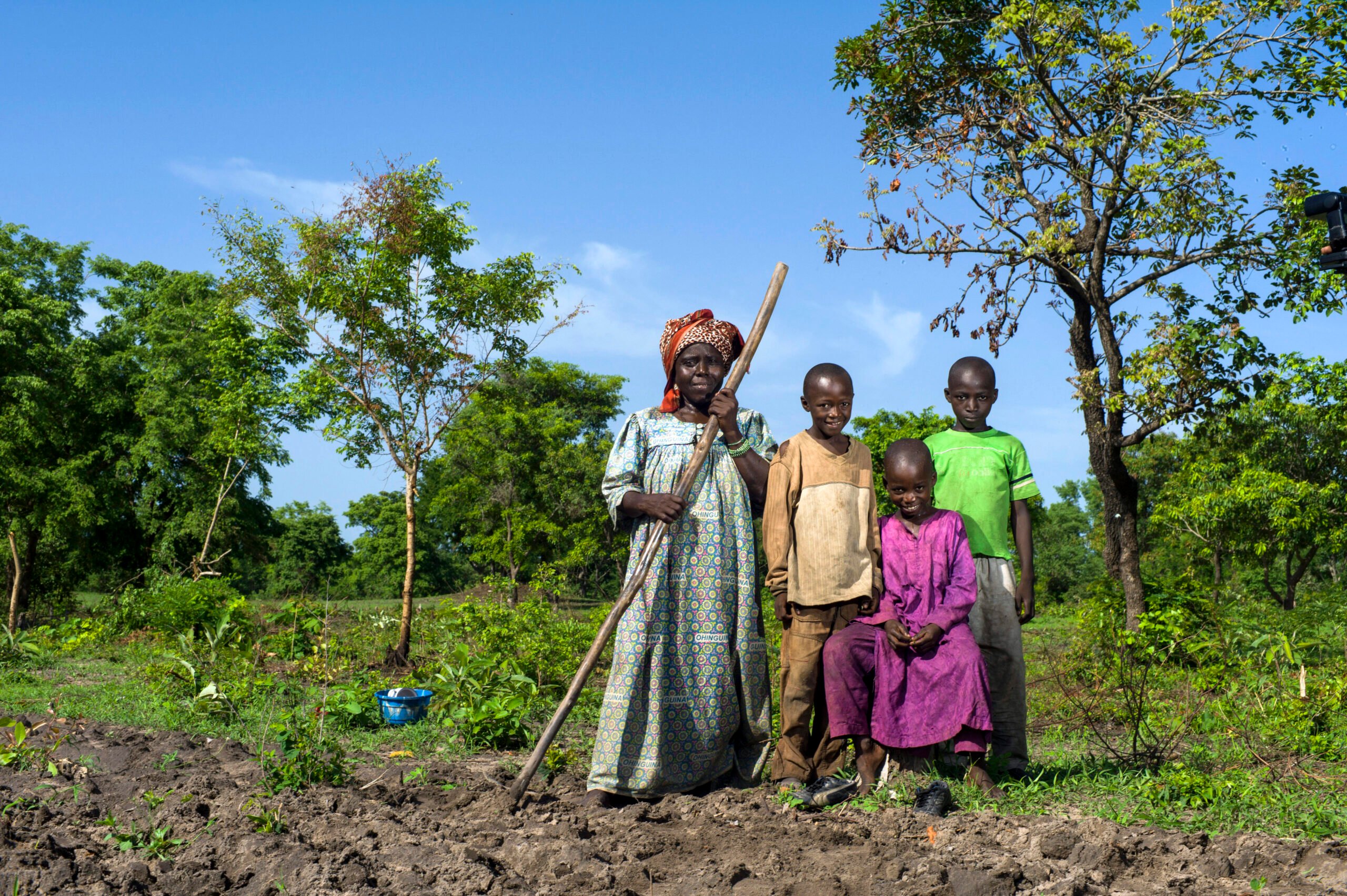


Many refugees and other forcibly displaced persons are living in poverty. 76% of all refugees live in developing countries with 20% being hosted by the least developed countries, where extreme poverty is widespread.
In Türkiye for example, 90% of Syrian refugees were unable to cover their basic needs, while 94% have adopted survival strategies such as reducing food consumption or borrowing money. In Yemen, 4.5 million people are internally displaced with more than two thirds living below the poverty line.
In the fight against poverty among refugees and the displaced, UNHCR is working to ensure that social protection systems are strengthened and expanded to include the forcibly displaced. UNHCR is also working to ensure that refugees have equal rights to economic inclusion and the right to work which can ensure livelihoods.
A concrete initiative is the Coalition to Alleviate Poverty where UNHCR has joined forces with the World Bank Partnership for Economic Inclusion and 13 NGO partners. The Coalition has set the goal of alleviating poverty of 500,000 households, both refugees and their hosts, in 35 countries within 5 years.
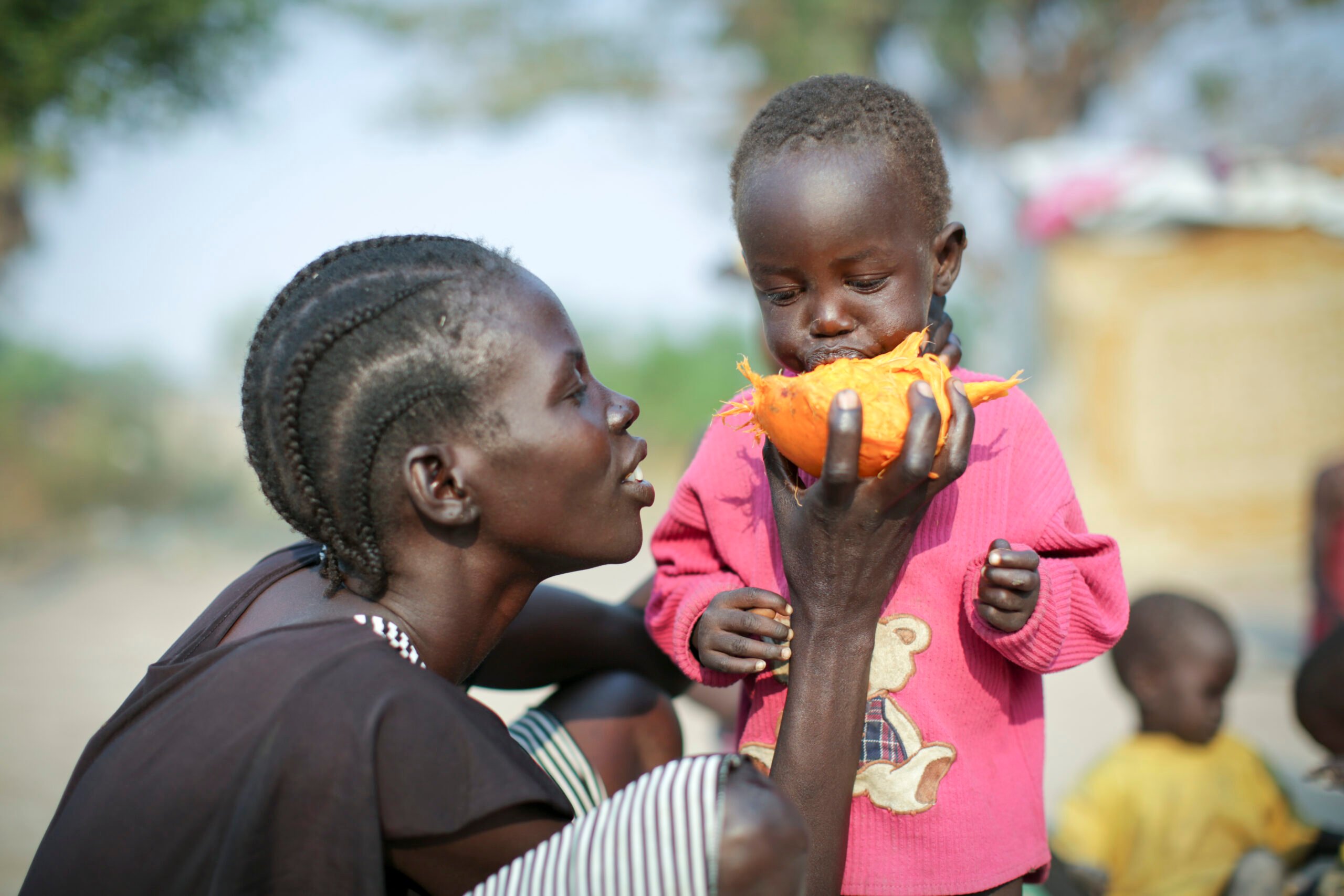


Access to adequate nutrient-rich food and safe water is essential for protecting the safety, health and wellbeing of displaced people, who are often left without basic food to survive and suffer from prolonged malnutrition. The lack of rights to assure their own food and economic security makes people more vulnerable to exploitation, sexual abuse and violence, and adopting negative coping mechanisms to survive. Food insecurity also risks amplifying the factors forcing people to flee.
As a consequence of underfunding of the humanitarian response, refugees often face food ration cuts, which risk resulting in malnutrition, anaemia and stunted child growth. In protracted conflicts, rates of acute malnutrition among children are well above the emergency thresholds, such as in Ethiopia and Yemen.
In addition to providing food support to refugees together with e.g. World Food Program (WFP), UNHCR is supporting governments to take measures to control malnutrition by promoting appropriate practices for young children and infants. UNHCR is also advocating with partners and governments to include refugees into nutrition programs.
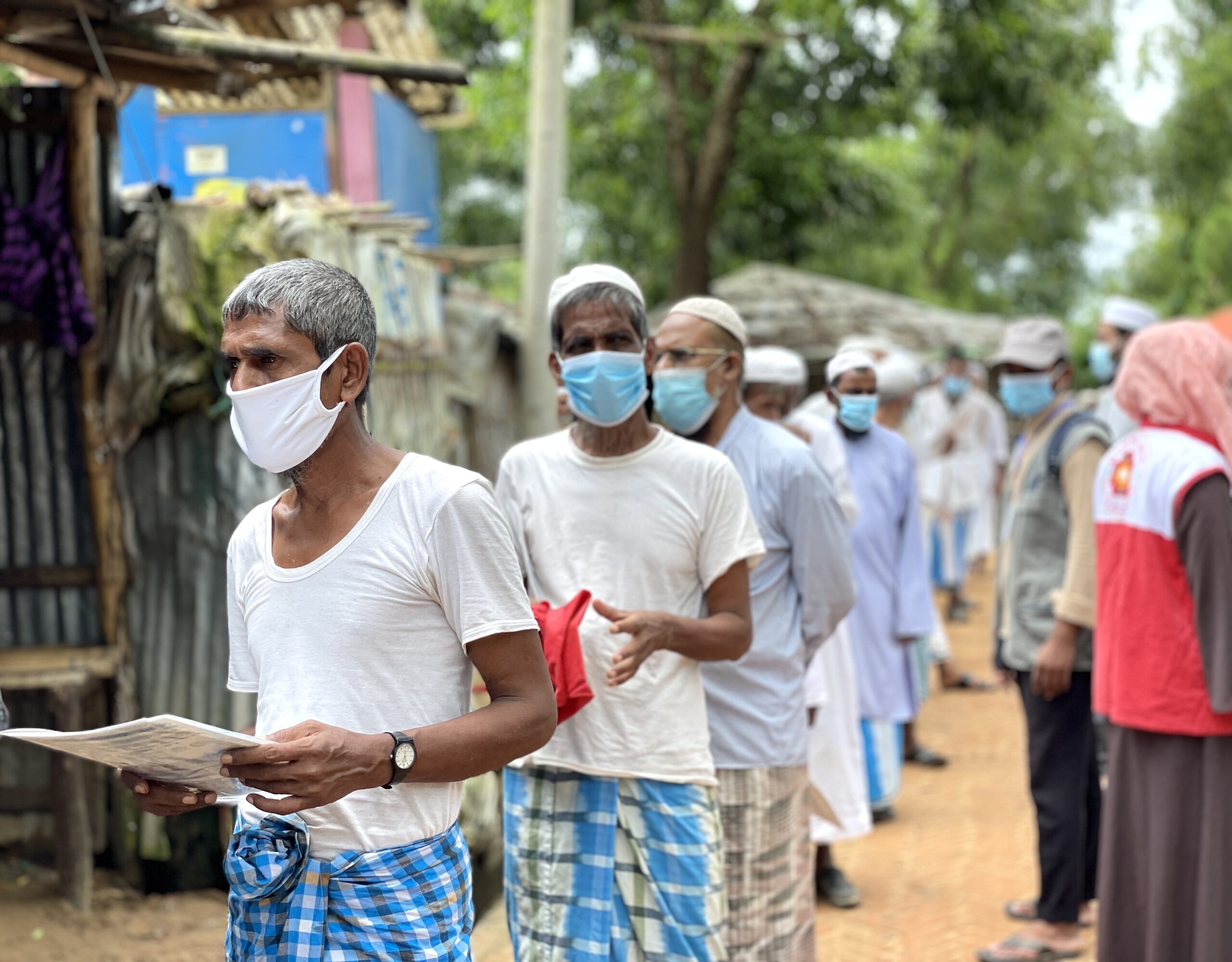


Good health is an essential requirement for refugees to be able to rebuild their lives. However, years or even decades of forced displacement are naturally affecting the health and wellbeing of people forced to flee – and many refugees and stateless persons face obstacles or completely lack access to health care due to their legal status. After fleeing violence, conflict and displacement refugees experience severe mental and psychosocial disorders related to the violence they have witnessed, the stress of displacement, the poverty they experience and the uncertainty for their future. Millions of children require mental health support as prolonged stress on children can have serious and longstanding negative consequences on cognitive development. Disorders such as depression, psychosis, post-traumatic stress disorder, and anxiety are increasingly common among displaced children and require long-term support.
UNHCR works with governments and partners to provide emergency health services and improve local health services, including by providing guidance, infrastructure and capacity building as well as funding laboratories, medicine, equipment and supplies. UNHCR also advocates for refugees to be included in national health systems and plans.
In new emergencies, UNHCR’s public health teams are critical to responding to various outbreaks including diphtheria and suspected measles in the Rohingya refugee camps in Bangladesh, cholera in Kenya and Uganda and scurvy in Kenya.
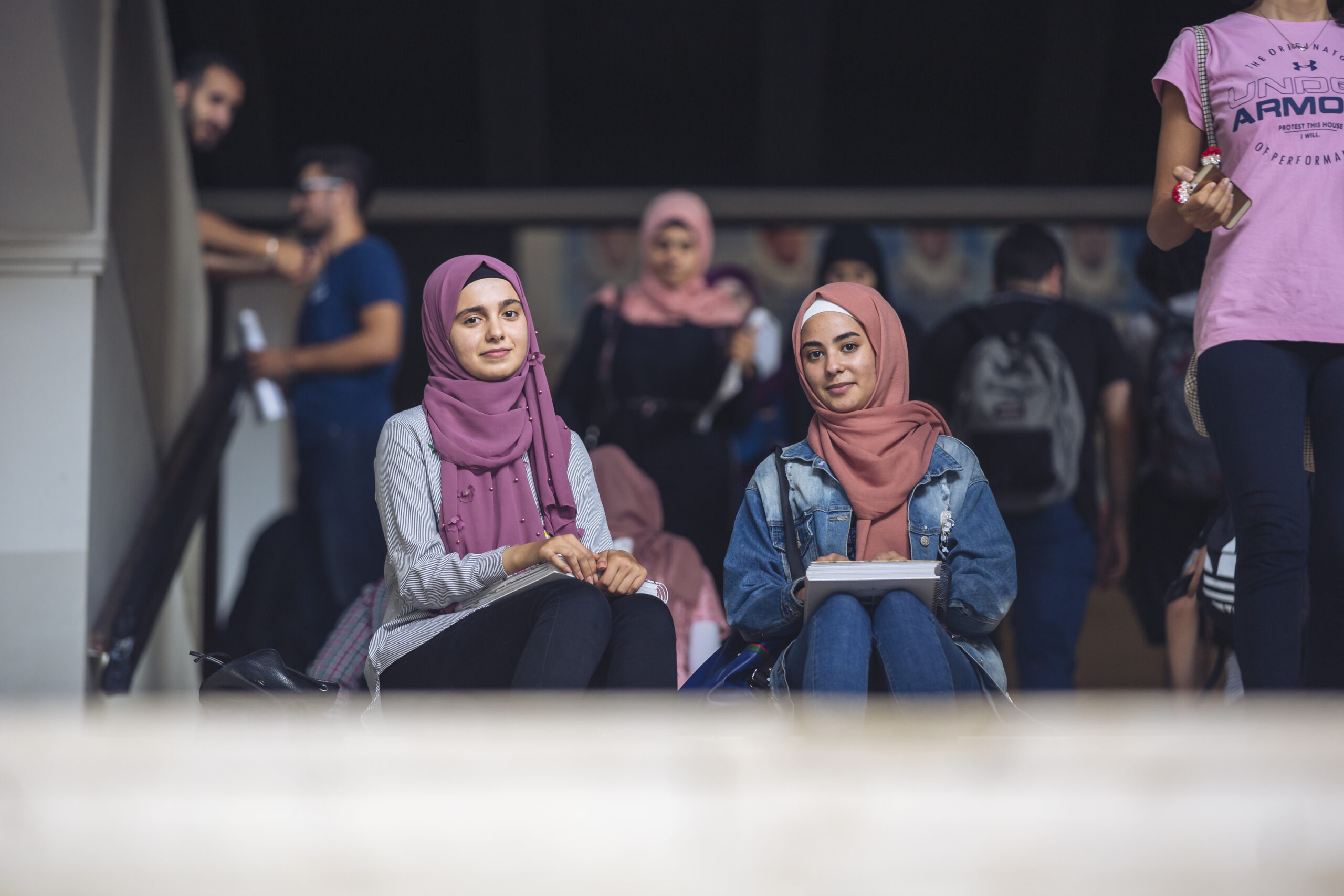


Children account for 30 per cent of the world’s population, but 40 per cent of all forcibly displaced people. Their access to education is limited, with more than half of them unable to attend school at all. At all levels, refugee enrolment is lower than that of non-refugees. As refugee children get older, the picture rapidly worsens and those at secondary level are at greatest risk of being left behind.
Only 38% of refugees are enrolled in pre-primary, 65% in primary, and 41% in secondary school. When it comes to higher education, only 6% are enrolled.
In addition, several dimensions point to reduced quality in refugee education. Teacher-pupil ratios average as high as 1:70 and other challenges such as lack of trained teachers, lack of classrooms, and lack of school materials and supplies persist.
UNHCR partners with governments, international organizations – as well as NGOs and the private sector – to ensure quality education for refugee children and youth. The key call is to include refugees into national education systems in close collaboration with the national authorities. According to UNHCR this is the most sustainable option.
One example is UNHCR’s partnership with Educate a Child which facilitated primary education for over 200,000 children in 15 countries across Africa, Asia, the Middle East and Americas in 2022.
In the area of higher education, UNHCR has set an ambitious goal together with partners – the 15by30 target – which aims to ensure that 15% of refugee youth can access higher education by 2030. One initiative to support this ambition is UNHCR’s so-called DAFI scholarship programme, which since 1992 has supported over 24,000 young refugees with scholarships in order to go to university.
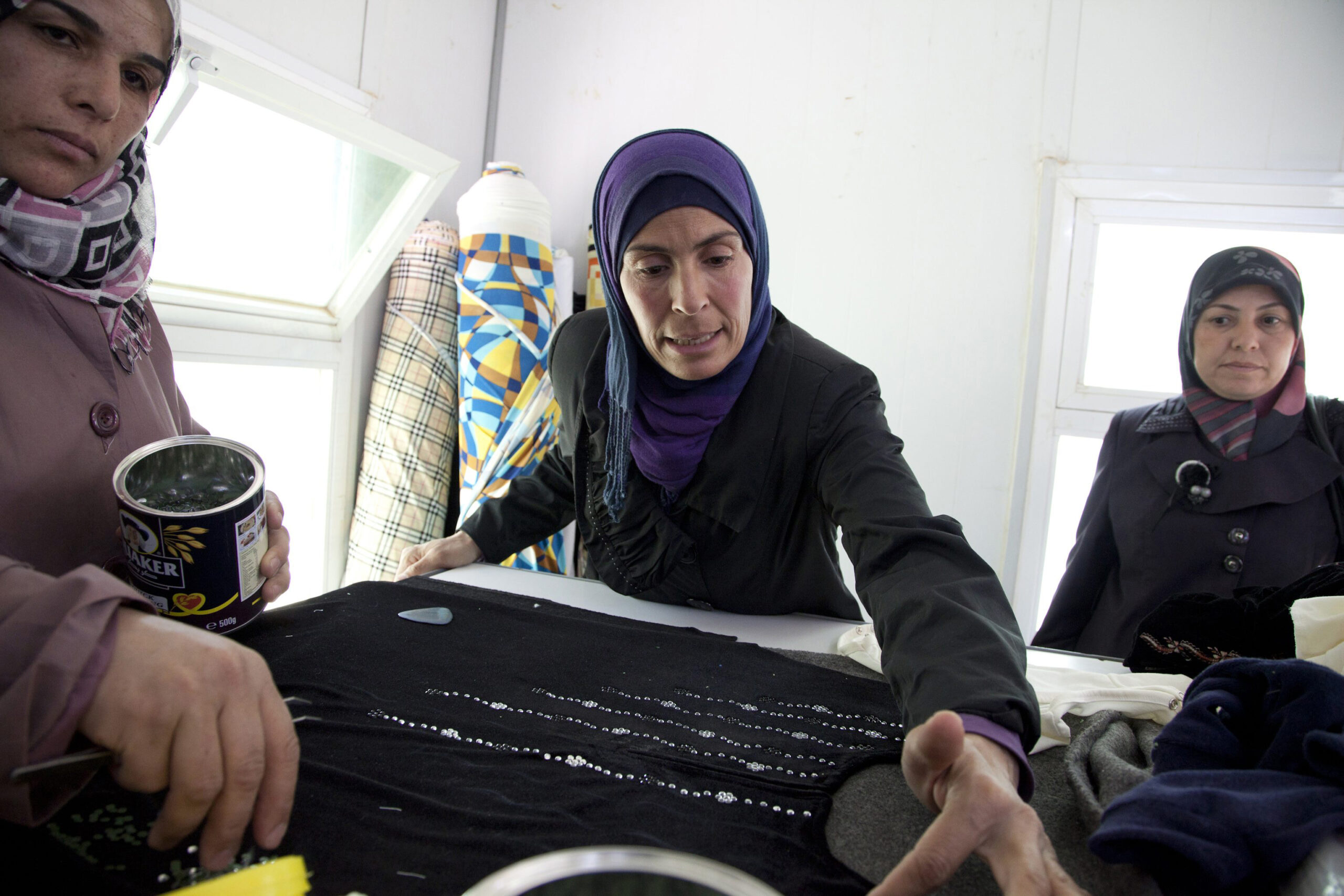


Women and girls make up around half of all refugees, internally displaced and stateless people around the world. The discrimination and inequality that women and girls face in some societies are only amplified in times of displacement, and flight can also enhance the vulnerability of for example unaccompanied girls, pregnant women and female heads of households. The aftermath of the escape, new difficult surroundings, the pain of having lost everything – perhaps partner, siblings or children – increases the risk of violence, discrimination, exploitation and violations of women and girls’ rights.
In 2022, around 57.6 million forcibly displaced and stateless women and girls lived in humanitarian crisis and conflict situations, facing a heightened risk of GBV. 24 countries still do not allow women to confer their nationality to their children.
All of UNHCR’s work is steered by UNHCR’s policy on Age, Gender and Diversity and more specific commitments to ensure equality for women and girls – and to make the world a safer place for women and girls. One concrete element is to ensure that women and girls in displacement settings are provided with individual registration and documentation, which is an important prerequisite for equality. UNHCR also manages programmes that help women improve leadership skills, reduce barriers for girls’ education and ensure that women and girls can access opportunities.
We have been actively promoting gender equality for over forty years and results can be seen on the ground, from leadership training of women refugees in Malaysia to the engagement of men in sexual and gender-based violence prevention, reproductive health, human rights and gender equality in Colombia. In 2022, 73% of UNHCR’s operations had GBV services available; UNHCR also deployed GBV specialists to 14 emergencies, prioritizing prevention and early response.
On the global level, UNHCR takes part in a number of international fora that address gender issues and sexual violence, such as the UN Action against Sexual Violence in Conflict and the Inter-Agency Standing Committee’s Expert Group on Protection from Sexual Exploitation and Abuse.
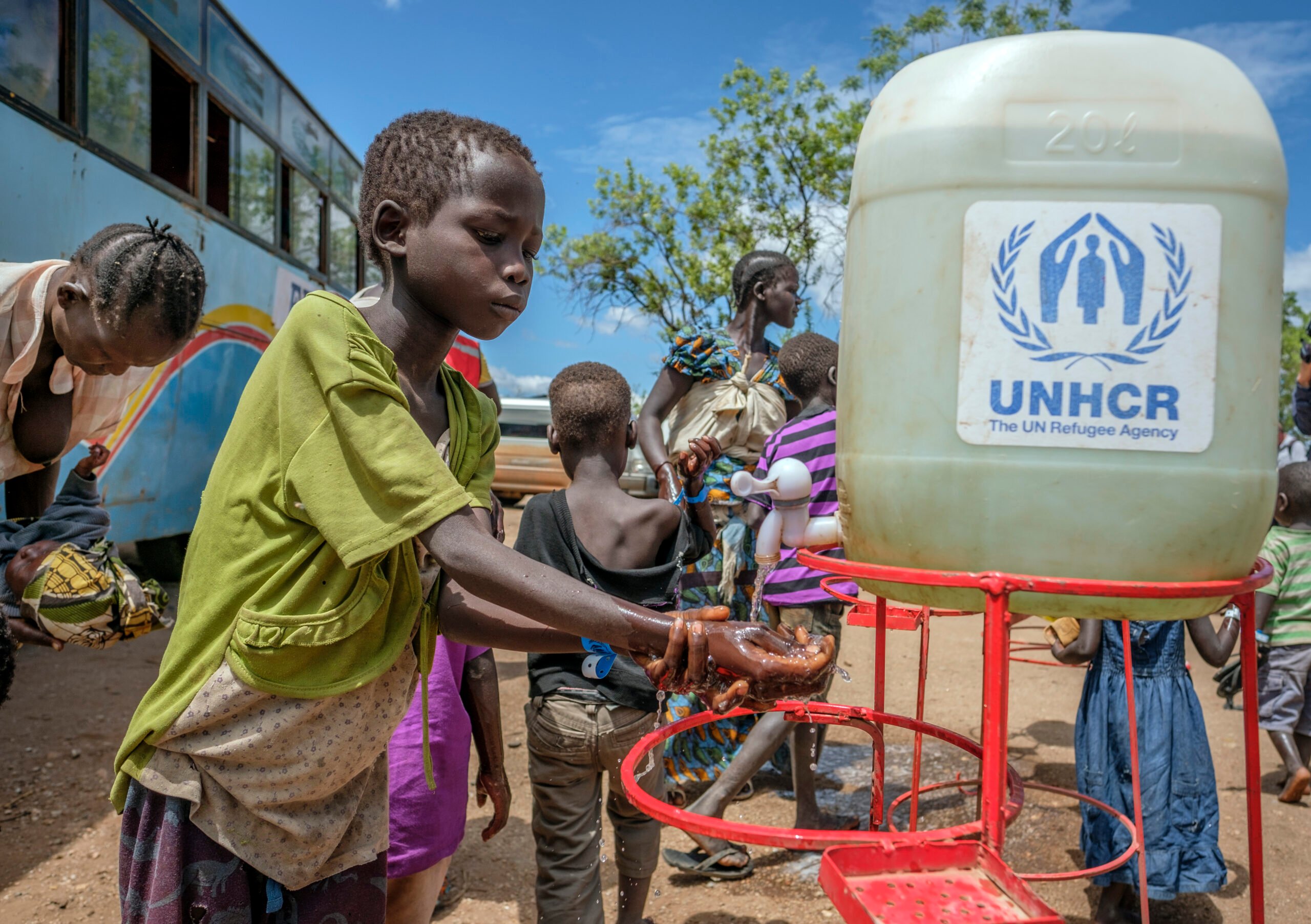


Access to water and sanitation is key to ensure refugees’ health and wellbeing – without it, their water sources can become contaminated, and without clean water they are exposed to diseases and infections. However, limited resources as well as dense and overcrowded living conditions are severely affecting the situation.
The humanitarian standard is set to 20 litres of water per person in a day, as comparison, the average water consumption for an individual in Europe is 144 litres per day.
UNHCR is working to ensure clean water and sanitation by for example drilling boreholes and creating long-term infrastructure, including building latrines, for both refugees and their local hosts in areas with vulnerable people.
UNHCR’s so-called WASH programmes (Water, Sanitation & Hygiene) are set up in both emergencies, stabilized and protracted situations – and currently WASH-initiatives have been implemented in 23 countries within 153 camps and sites and benefitting more than 4.4 million refugees.
An example for improved water supply is in Uganda, where they received over 146,000 new arrivals from South Sudan and the Democratic Republic of the Congo during 2022. Here, UNHCR and its partners supplied water at an average of 17 litres per person through over 200 motorized water systems, out of which 95% are solar hybrid systems, and over 1,000 handpumps. During 2022, 12 new water sources were established.



Access to safe and sustainable energy is a basic human need. Limited energy access negatively impacts populations in humanitarian settings – and may put particularly women and children at increased risk. However, an assessment shows that some 97% of displaced populations in camps have limited or no access to electricity – and at least 80% rely on firewood for cooking and heating.
Access to reliable and sustainable electricity, including more hours of light, means that refugees can work, study, run a business, socialize, and be connected, which all lead to better well-being and self-reliance. Having cleaner cooking fuels mean that refugees can spend less time collecting wood, which can be dangerous for women and girls, and avert the ill-health of inhaling open fire smoke.
UNHCR is working with many different partners to find solutions to provide clean energy to displaced populations, including by promoting sustainable household energy technologies. In Kutupalong camp in Bangladesh, home to +800,000 Rohingya refugees, UNHCR has distributed Liquefied Petroloum Gas to more than 100,000 households to ensure safe and healthy energy for cooking. And in Ethiopia, UNHCR and IKEA Foundation are supporting mini-solar cooperatives that provide both Somali refugees and their host communities with clean and affordable energy.
In 2020, UNHCR launched the Clean Energy Challenge, bringing together the private sector, governments and organizations to realize an ambitious goal of bringing affordable, reliable and sustainable energy to all settlements for forcibly displaced people and their nearby host communities by 2030.
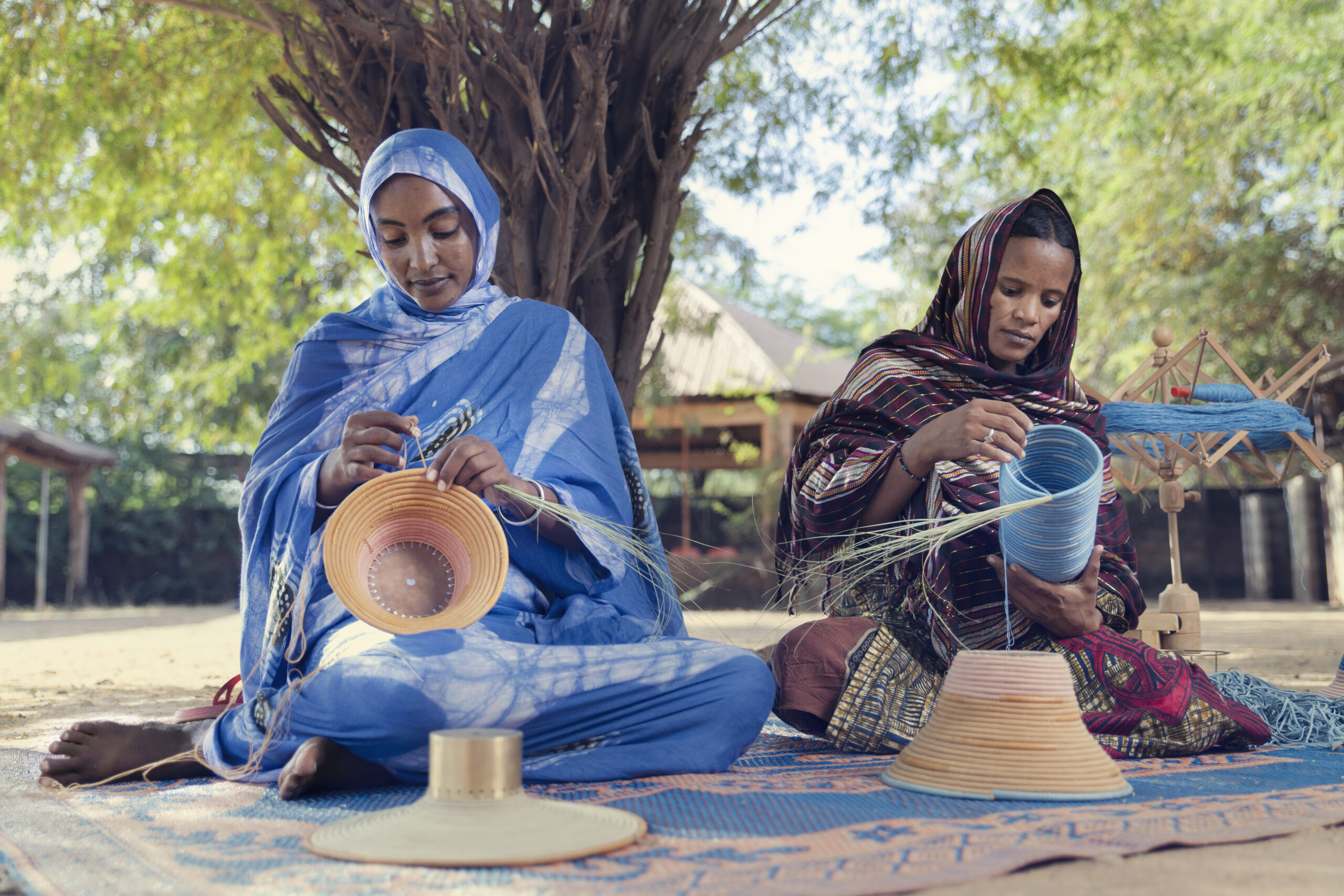


The 1951 Refugee Convention explicitly recognizes refugees’ right to access the labor market. Nevertheless, 70% of refugees live in countries with restricted right to work. Empowering refugees to earn a decent living and participate in local economies is critical if they are to rebuild their lives.
In times of conflict and crisis, many forcibly displaced lose their livelihood, which severely impacts their ability to provide for themselves and their families. In South Sudan, for example, 2.22 million have been internally displaced and cut off from livelihood, education and protection.
UNHCR works to promote livelihoods and economic inclusion for refugees. We advocate for their right to work and their inclusion in national programs and labor schemes. In order to strengthen the self-reliance of forcibly displaced persons, UNHCR is facilitating access to training and skills-building.
MADE51 is an initiative created by UNHCR, that offers refugee-made products to the international market. This initiative connects refugees with social enterprise partners to design, produce and market artisanal products around the world, allowing them to earn much-needed income.
When given the opportunities and rights to work, refugees in many countries have launched their own businesses, not only supporting their families but also boosting local economies.
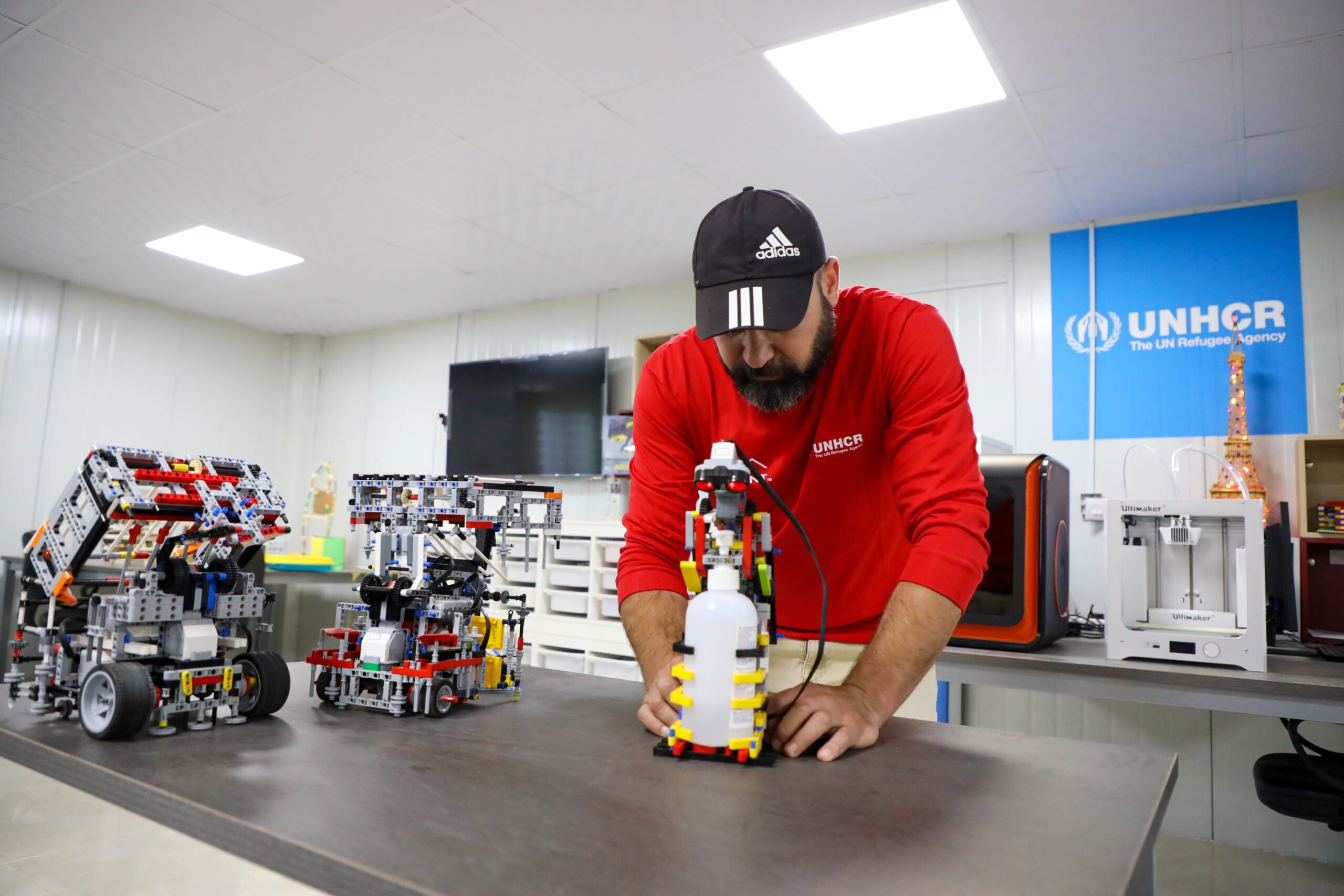


Lack of internet connectivity for many refugees and internally displaced persons, as well as costly devices and limited training opportunities, prevent many of them from taking advantage of new technologies. UNHCR believes that displaced populations and their hosts have the right to be part of a connected society.
UNHCR has launched the Connectivity for Refugees Initiative, led by UNHCR’s Innovation Service. The initiative aims to ensure digital inclusion and provide forcibly displaced people access to technology, enabling them to build better futures for themselves, their families and the world.
UNHCR is working with many stakeholders, including the private sector, to ensure better connectivity for refugees and take advantage of technology and innovative approaches in humanitarian settings. Since 2013, UNHCR and Vodafone Foundation have expanded refugees’ access to education and connectivity via the Instant Network Schools programme in countries such as Mozambique, DR Congo and Kenya.
When given the chance, many refugees themselves are using cutting-edge and innovative technology to solve problems and address challenges.



Refugees, internally displaced people and stateless populations are in constant risk of exclusion – socially, economically and politically – while already being among the world’s most vulnerable and underserved communities.
Across the world, many minorities and indigenous people risk living on the margins of society, and forced displacement are often amplifying the discrimination and inequalities they face. This is for example the reality of the Awá Mayasquer community in Colombia, who for decades have been among the country’s millions of internally displaced.
Another vulnerable group is LGBTI+ refugees who – even after having fled persecution, violence and rights abuses – often continue to face stigma, discrimination and threats during their flight and displacement.
Steered by the Age, Gender and Diversity Policy, UNHCR is working to ensure equal opportunities and to end discrimination by promoting social, economic and political inclusion of all, irrespective of age, gender, sexual orientation, disability, race, ethnicity, religion or other status. At the same time, UNHCR is advocating for states to adopt migration laws that ensure and support inclusion.
UNHCR is also working with governments and other partners to eradicate statelessness and ensure that stateless persons enjoy their human rights without discrimination despite their lack of citizenship. The 10-year #IBelong-campaign aims at eradicating statelessness by 2024.
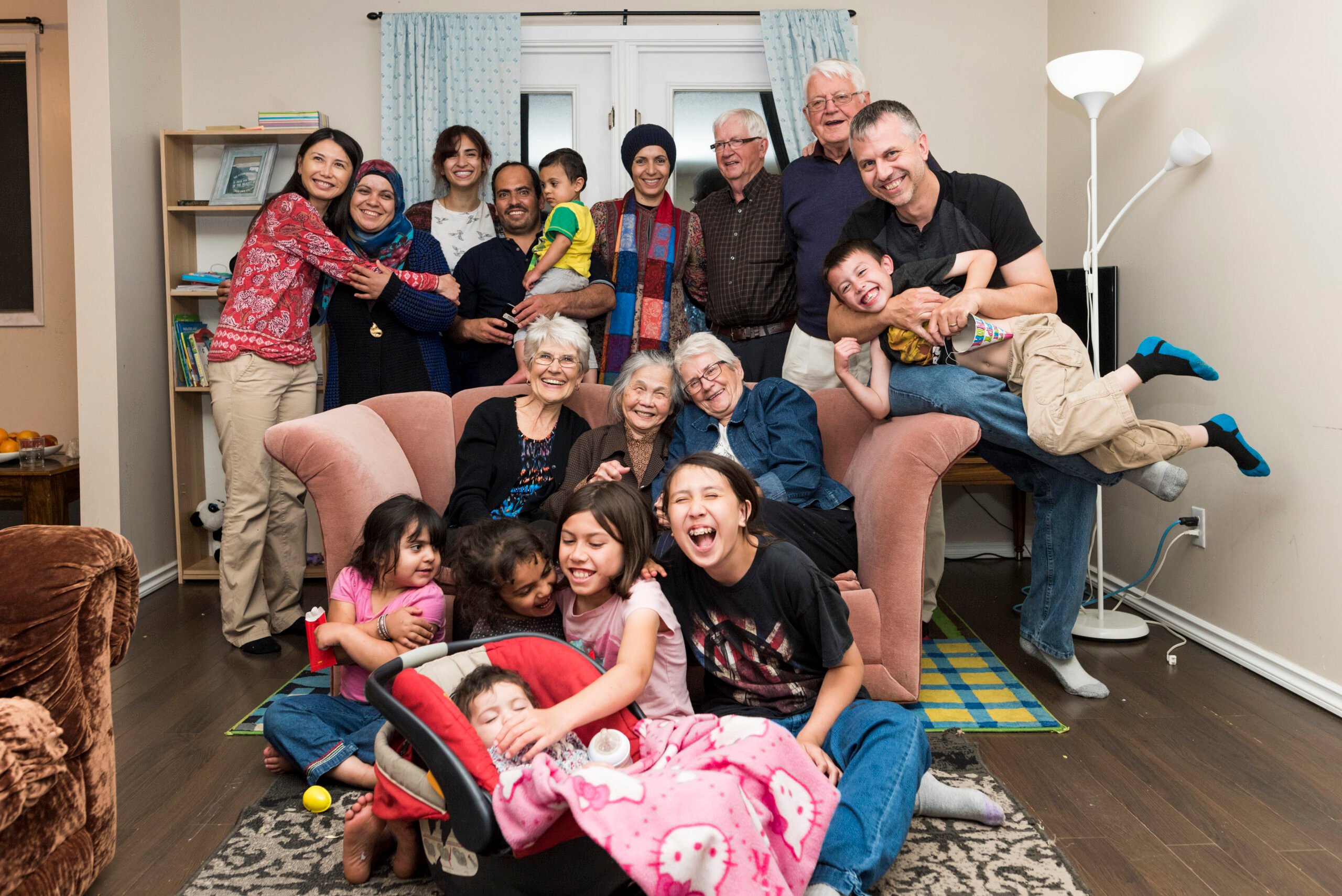


Contrary to popular belief, the majority of refugees don’t live in camps, but in cities and urban settings – and so cities are a prime destination for most asylum-seekers and refugees. UNHCR is working to ensure access for all to adequate, safe and affordable housing.
In UNHCR’s view, it is imperative that refugees are included in their host communities and are given a chance to take part in society, contribute and be able to provide for themselves. This requires efforts and commitment from the refugees, but it’s also necessary that they are received by welcoming communities and are provided opportunities and a foundation to integrate and rebuild their lives.
UNHCR is advocating for inclusive cities and is working to promote sustainable integration through social cohesion and equal opportunities, including via cooperation with Council of Europe’s Intercultural Cities Programme. Across the world, UNHCR – including via our participation in the Global Refugee Sponsorship Initiative – is also supporting and promoting so-called community sponsorship programmes and pilots. These initiatives allow citizens and communities to directly engage in reception and integration of refugees – and are creating successful results in for instance Canada, where private sponsorships have welcomed more than 327,000 refugees since 1979. Together with different partners, UNHCR is exploring possibilities for introducing and piloting a community-based sponsorship programme linked to the countries’ resettlement programs in all five Nordic countries.
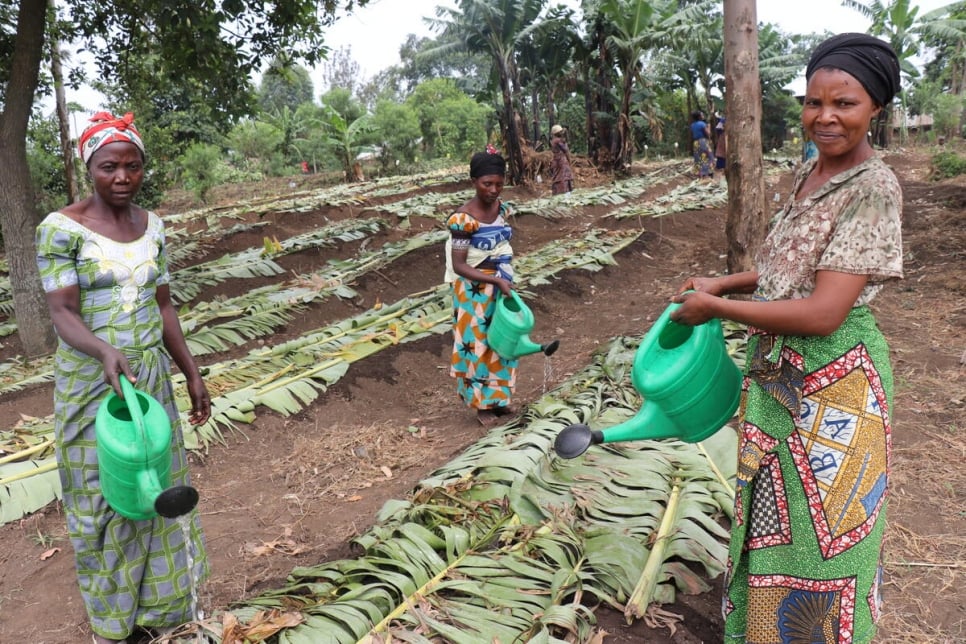


The consequences of the climate crisis are increasingly seen as an amplifying factor on the vulnerabilities, threats and conflicts, forcing people to flee. 9 in 10 refugees and 7 in 10 internally displaced people originate from countries most vulnerable to and least able to adapt to climate change.
In addition, the forcibly displaced and their hosts are finding themselves on the frontlines of the climate emergency, living in climate “hotspots” where flooding, droughts, desertification and extreme weather are exacerbating their hardships. From catastrophic flooding in Pakistan, the Democratic Republic of the Congo and parts of the Sahel, to relentless drought and suffering in Afghanistan, Madagascar and the Horn of Africa, millions were displaced in 2022 alone.
Guided by a Climate Action strategy, UNHCR is strengthening the response and stepping up ambitions by providing legal guidance to ensure better protection to people displaced in the context of climate change; by reducing the environmental degradation and enhancing climate resilience in displacement settings; and by limiting our own environmental footsteps.
UNHCR is also raising awareness and advocating for change through the participation in a number of global fora and processes such as the Platform on Disaster Displacement.
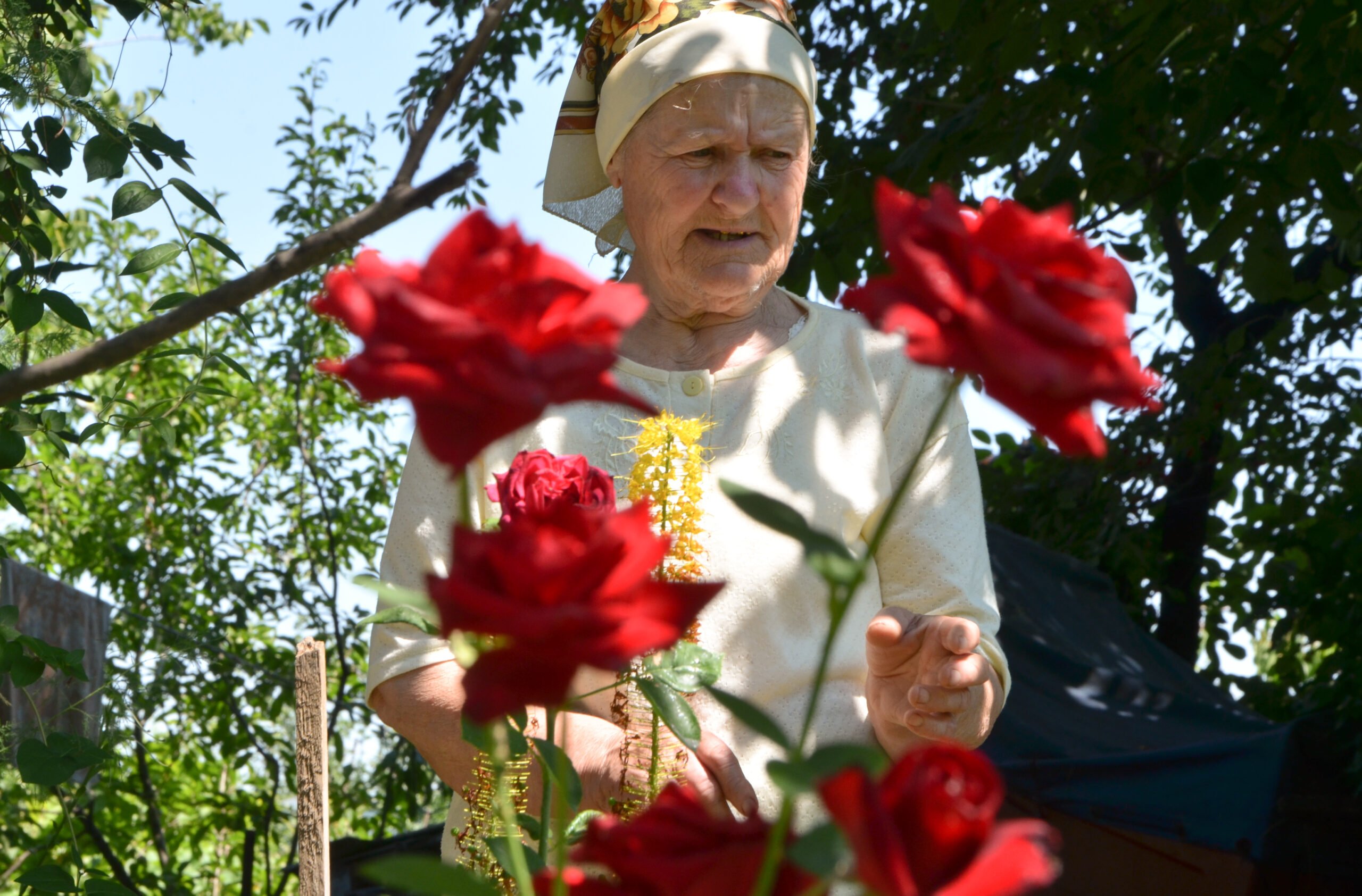


With more than 108.4 million people globally forced from their homes due to conflict, violence and persecution (end of year 2022), lack of peace and justice is truly felt every day by millions of refugees and internally displaced people.
As UNHCR has highlighted repeatedly, the world’s failure in creating peace and ending conflicts are resulting in global displacement figures reaching tragic records year after year – while even fewer refugees and internally displaced persons are returning home every year. In 2022, 339,200 refugees voluntarily returned to 38 countries of origin, a decrease of 21 per cent compared to the previous year.
By end-2022, 67% of all refugees were finding themselves in so-called protracted crises, 57 refugee crises in total, characterized by at least five consecutive years of displacement.
Lack of justice is also directly linked to the often overlooked global challenge of statelessness: Millions of people around the world are being denied nationality because of discrimination or gaps in nationality laws. Their statelessness often means that they are bereaved of basic services and rights, such as going to school, seeing a doctor, opening a bank account or buying a house.
Via the #IBelong-campaign and a Global Action Plan, UNHCR is working with governments and partners to end statelessness by 2024. The work e.g. includes advocacy to ensure legal identity for all, including birth registration, law amendments to avoid new statelessness and ensure stateless people a path to citizenship as well as better identification of stateless communities.
Much progress has been achieved – including in Kyrgyzstan that in 2019 became the first country to completely eradicate statelessness within its borders, or in Ivory Coast that became the first country in Africa to adopt a procedure to identify and protect stateless people.
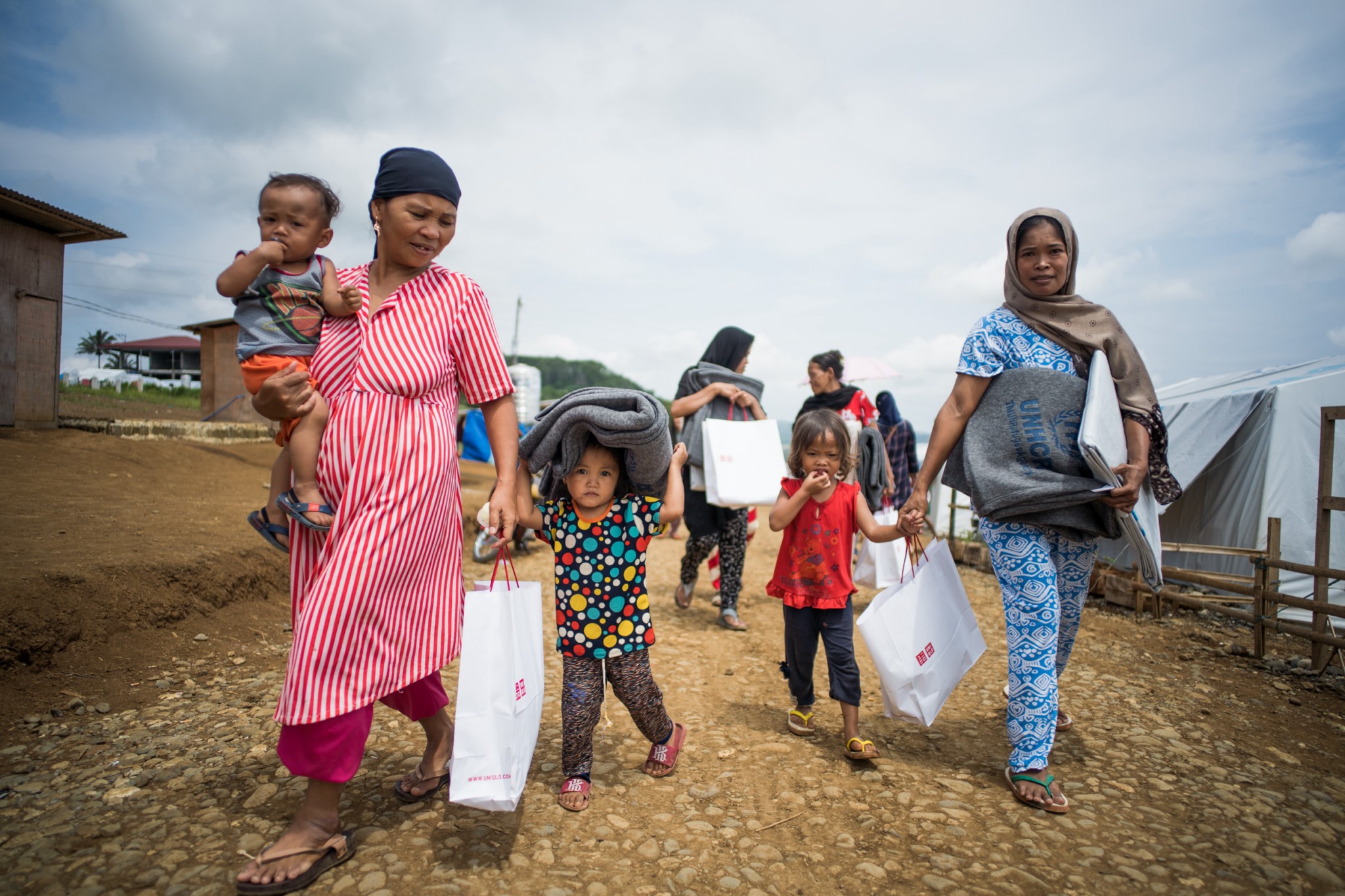
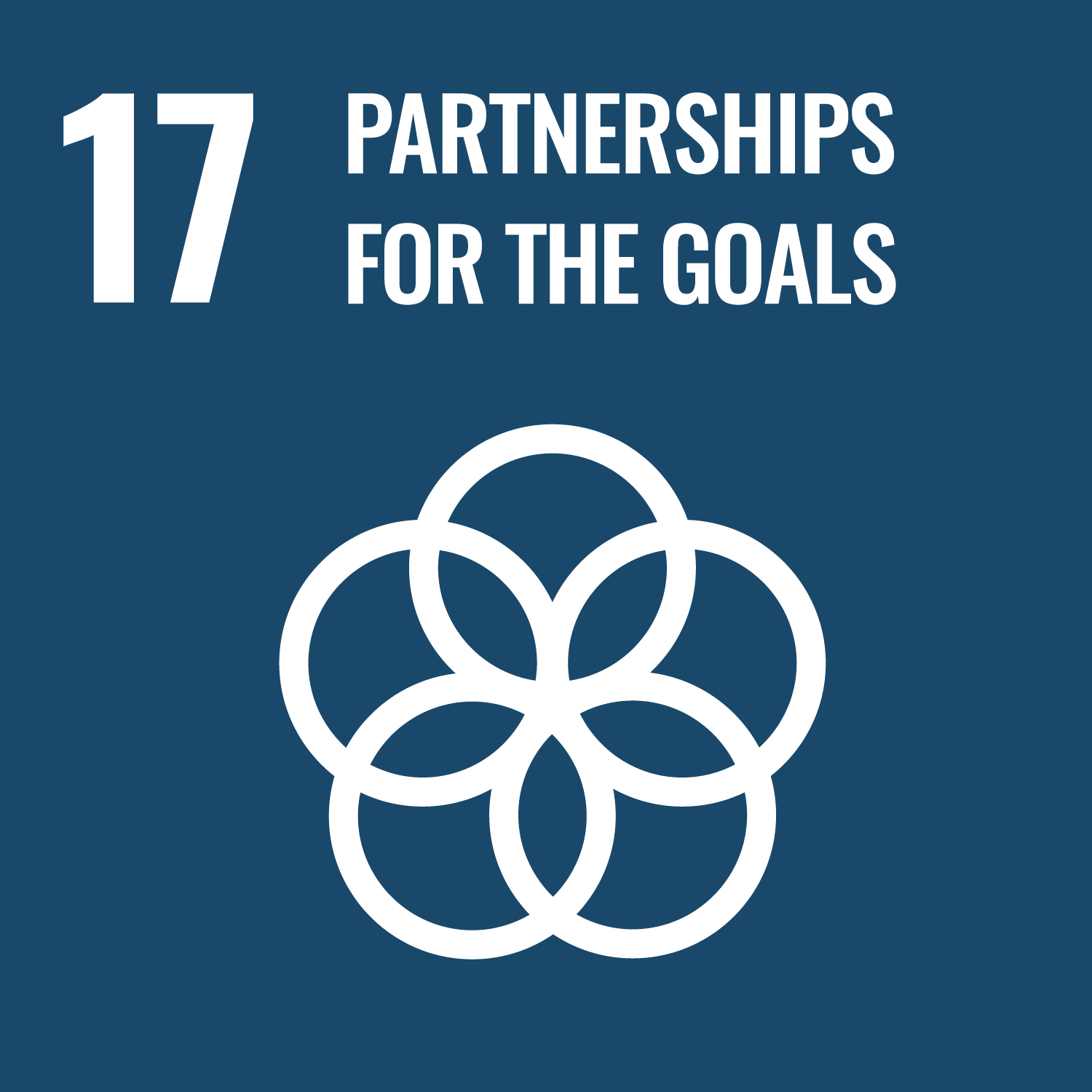

With global forced displacement spiraling upwards year after year, the need for joining forces to help, protect and find solutions for the world’s displaced have never been more urgent.
UNHCR is working with +900 partners worldwide – from governments and international organizations to NGOs, grassroots and refugee-led initiatives. The focus on strengthened partnerships is highlighted in the Global Compact on Refugees, adopted in 2018, calling for an all-of-society-approach in the refugee response, including private sector, academia, civil society and refugees themselves.
This materialized at the first ever Global Refugee Forum in 2019, where +3,000 participants came together and committed to a total of more than 1,400 concrete pledges to realize the ambitions of the Global Compact on Refugees. Four years later, in December 2023, the second Global Refugee Forum took place. The three-day event led to an impressive 1,600 pledges to support refugees and host communities worldwide.
One of UNHCR’s long-lasting partners is Microsoft: Since 1999, we have jointly worked to empower thousands of young refugees with digital skills and computer science training in Kakuma camp in Kenya. Another UNHCR-partner is retail company Uniqlo, who since 2006 has donated +35 million pieces of clothing to refugees in more than 48 countries, while also providing thousands of refugees vocational training and livelihood opportunities across Asia.
Including forced displacement in the SDGs: a new refugee indicator
In 2019, a significant step was taken to ensure that the forcibly displaced are not left behind – and that their inclusion is not overlooked in the continued global monitoring on the progress of the Global Goals.
The introduction of a specific indicator on refugees in the SDG Indicator Framework will help ensure focus and stocktaking on the situation for refugees and other forcibly displaced.
